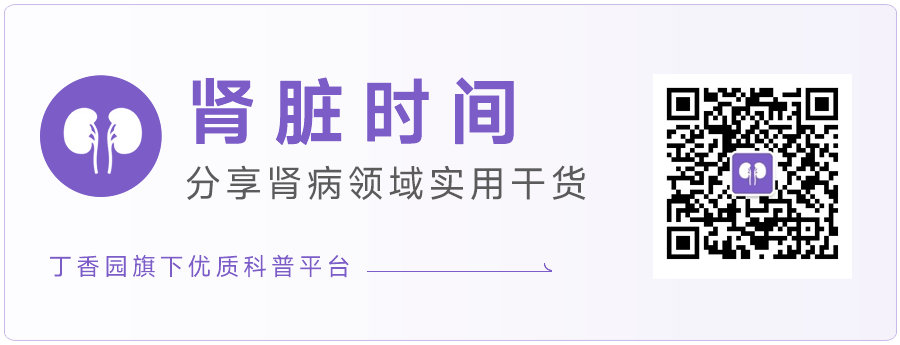
On January 15, 2025, DXY invited Sichuan University West China Hospital to co-host the “2024 Year-End Review in Nephrology” conference. During the meeting, Professor Zhang Ling from the Department of Nephrology at West China Hospital shared insights on the topic of “Advances and Breakthroughs in Severe Blood Purification Technology”, combining the latest research progress with clinical practices at West China Hospital. This article summarizes the key points of the lecture for fellow professionals.
CRRT
Anticoagulation Section
1. Anticoagulation Requirements for CRRT Equipment
Anticoagulation requirements: sufficient anticoagulation to reduce blood cell loss and minimize coagulation events.
Anticoagulation hierarchy: local citrate anticoagulation (RCA) → systemic anticoagulants → no anticoagulants.
2. Anticoagulation Needs of Patients
High-risk bleeding populations: RCA is preferred;
Hypercoagulable states: systemic anticoagulants are preferred;
Thrombotic diseases: systemic anticoagulants are preferred.
3. Combined Use of Anticoagulants
For patients with hypercoagulability or anticoagulation needs, local citrate combined with systemic anticoagulants may be the optimal anticoagulation strategy for CRRT. For example, COVID-19 patients often exhibit platelet activation, inflammatory storms, thrombosis, and embolic events. In such cases, simply using local citrate anticoagulation does not directly address the thrombosis in the body [1].

Figure 1: Hypercoagulable State Model in COVID-19 Patients
Source: Reference [1]
Recent studies suggest that the anticoagulation method of RCA combined with heparin can provide a more optimal anticoagulation strategy than using heparin or RCA alone, indicating that future anticoagulation choices for CRRT may not be limited to a single anticoagulant but rather a combination of two or more anticoagulants [2,3].
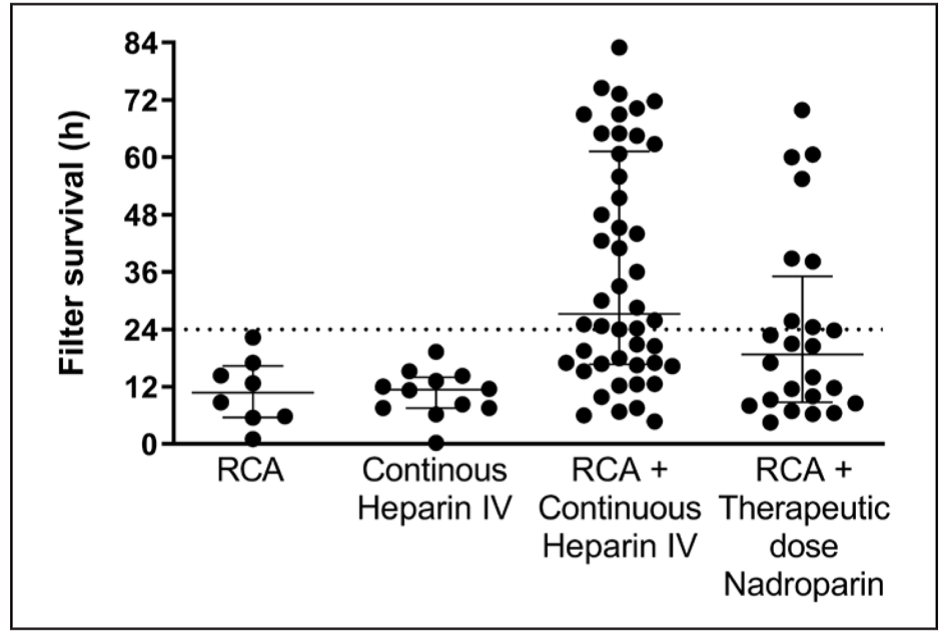
Figure 2: Filter Survival Rate
Source: Reference [2]
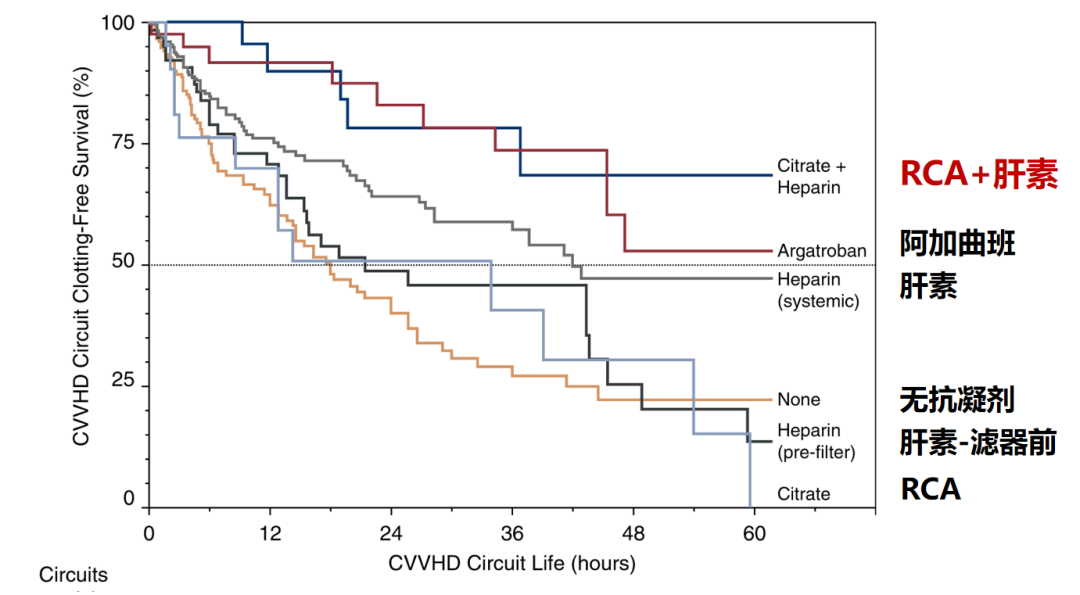
Figure 3: Non-coagulation Survival Rate of Continuous Venovenous Hemodialysis Circuit (CCVHD) Based on Different Anticoagulation Protocols
Source: Reference [3]
Recent meta-analyses indicate that while heparin and RCA remain the primary anticoagulants used, the best anticoagulation effect is achieved with methods primarily using RCA combined with low molecular weight heparin or local heparin combined with prostacyclin [4]. Therefore, for clinical management of elderly patients or those with anticoagulation needs, local citrate combined with systemic anticoagulants may be the optimal anticoagulation strategy for CRRT.

Figure 4: Ranking of Filter Lifespan Based on Different Anticoagulation Strategies
Source: Reference [4]
4. Detection of Anticoagulation Effectiveness
(1) Blood Gas Analysis
RCA requires repeated monitoring of ionized calcium after filtration to reflect its anticoagulation effect, primarily through blood gas analysis. However, since measuring calcium ions is only a small part of blood gas analysis, relying solely on blood gas analysis for calcium measurement not only incurs unnecessary costs but also leads to blood loss for the patient.
(2) Ionized Calcium Levels in Waste Fluid
Preliminary studies have found that the ionized calcium levels in waste fluid correlate well with the ionized calcium levels in blood after filtration, allowing real-time monitoring of ionized calcium levels in waste fluid to represent the patient’s blood ionized calcium levels [5].

Figure 5: Schematic Diagram of Ionized Calcium Monitoring After CRRT Citrate Anticoagulation
(Source: Provided by the speaker)
Therefore, a new method can be implemented (i.e., installing a chip in the waste fluid to monitor ionized calcium levels in real-time through microfluidics), which can better and more quickly reflect changes in the patient’s ionized calcium levels.
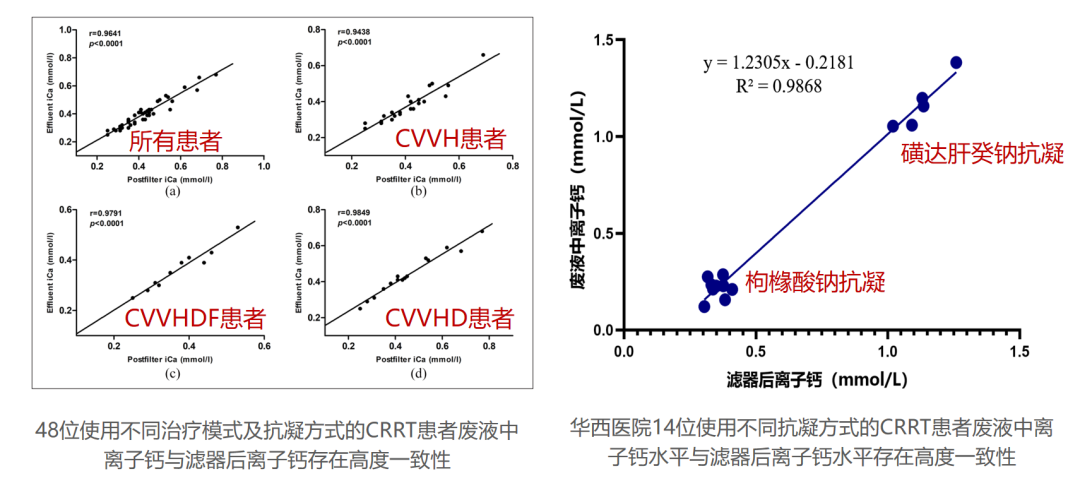
Figure 6: Correlation Between Ionized Calcium Levels in Waste Fluid and Blood Ionized Calcium Levels After Filtration
Source: Reference [5] and provided by the speaker
This technology, developed in collaboration between Sichuan University West China Hospital and the University of Electronic Science and Technology, converts electrical signals into biological signals for better monitoring of ionized calcium levels in waste fluid. Early findings indicate that this technology can achieve over 95% specificity and sensitivity for sodium, potassium, and calcium, and may become a more convenient, faster, and cheaper method for monitoring calcium ions during RCA.
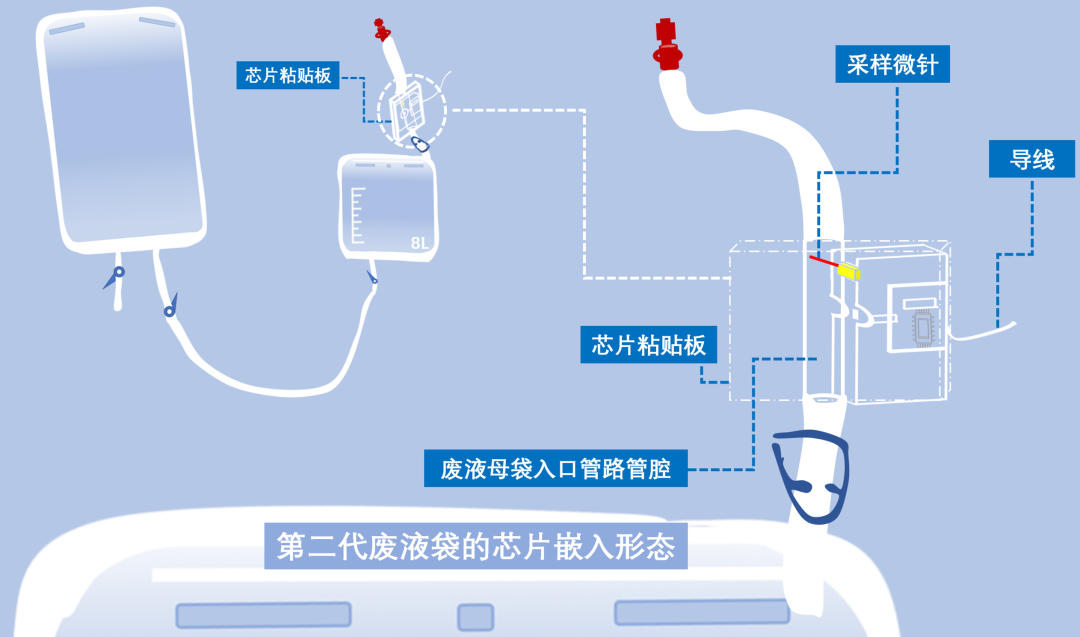
Figure 7: Monitoring Methods for Ionized Calcium Levels in Waste Fluid
Source: Provided by the speaker
CRRT
AI Section
1. Multimodal Information Data Collection
Artificial Intelligence (AI) can play a crucial role in the future development of medicine. In critically ill patients undergoing CRRT treatment, AI can collect multimodal information data from patients, including treatment information (HIS system), CRRT parameter information, and patient information (LIS system). AI can also determine CRRT alerts, antibiotic dosage recommendations, energy supplementation plans, trace element supplementation, real-time dosage monitoring, pressure anomaly alerts, and blood gas intelligent regulation, thereby enhancing work efficiency through information technology and AI.

Figure 8: Intelligent Management of CRRT at West China Hospital
Source: Provided by the speaker
Currently, the wireless data interface for CRRT has been improved, allowing for real-time, unlimited data collection from all CRRT parameters.This technology will also be extended to various devices such as thermometers, urine bags, ECG monitors, and ventilators, integrating all patient information. On the other hand, this dynamically adjusted information will be used for AI learning and training, and by establishing a big data model and AI model for CRRT, it may provide better assistance for CRRT treatment prescriptions and prognosis judgments, enabling more AI-assisted decision-making in the future.
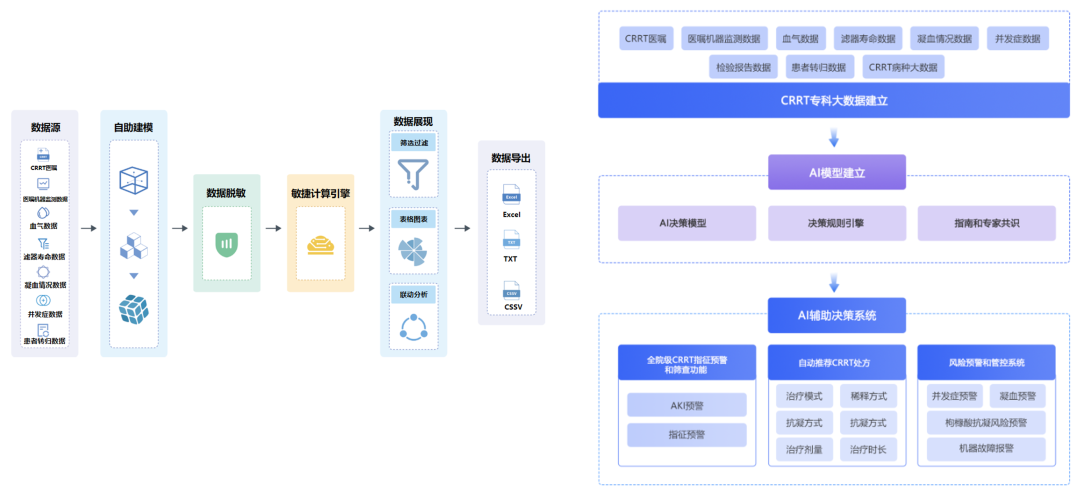
Figure 9: AI Technology in CRRT
Source: Provided by the speaker
2. CRRT Intelligent Early Warning System 2023-2025
The CRRT intelligent early warning system consists of 15 modules, including:
(1) Anticoagulation
-
Local citrate anticoagulation intelligent early warning system
-
Extracorporeal circulation coagulation early warning system
(2) Medications
-
Intelligent adjustment system for antibiotic dosage
-
Intelligent nutritional-energy supplementation system
(3) Connections
-
Treatment mode connection guidance system
-
ECMO-CRRT connection intelligent system
(4) Diseases
-
Acute kidney injury intelligent intervention system
-
Sepsis intelligent intervention system
-
Severe pancreatitis intelligent intervention system
-
Liver failure intelligent intervention system
-
Acute poisoning intelligent intervention system
(5) Alarms
-
Pressure alarm guidance operation system
-
Special alarm guidance operation system
3. AI Prediction of Coagulation: CRRT IoT and Coagulation Event Early Warning
Coagulation poses risks to patients, including reduced effective treatment time, blood consumption, increased bleeding risk, and higher treatment costs. By analyzing pressure data in real-time during dialysis, more accurate coagulation alerts can be provided to clinicians, reducing the occurrence of coagulation events. Currently, multiple predictive algorithms have achieved an accuracy rate of nearly 90% for predicting coagulation 30 minutes in advance based on existing patient data sets, ensuring that patient care can be conducted smoothly during the process.
4. Real-time Monitoring of Thrombosis in CRRT Venous Reservoirs
Thrombosis can occur not only in filters but also in venous reservoirs. Near-infrared imaging detection technology can continuously illuminate the area, quantitatively 3D printing the size, volume, and density of thrombi in patients, allowing for better assessment of the degree and risk of thrombus formation in the patient’s filter and blood.
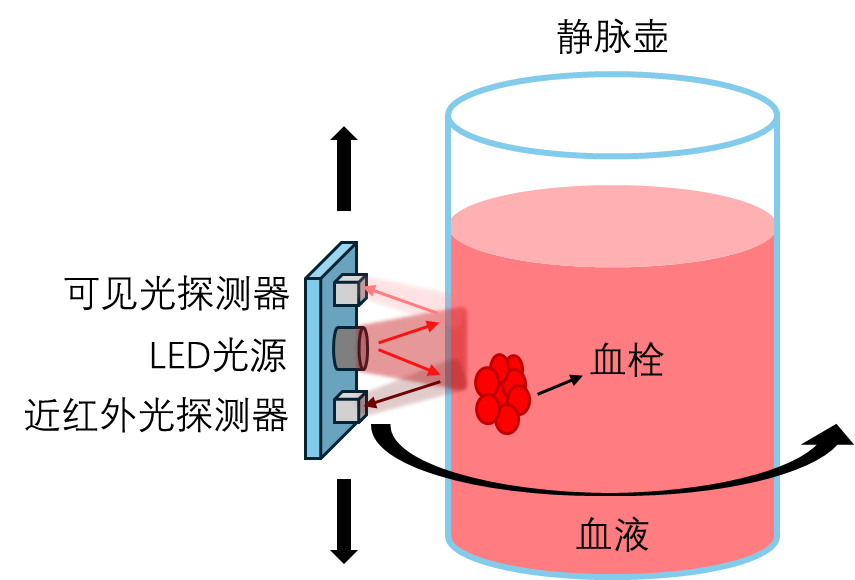
Figure 10: Schematic Diagram of Near-Infrared Imaging Detection Technology for Thrombosis Warning in Venous Reservoirs
Source: Provided by the speaker
Light Source Selection: Hemoglobin and water are the main components of blood, and their absorption of light in the near-infrared wavelength range of 700-900 nm is weaker than in other ranges. Additionally, in hospital wards, the primary lighting method is energy-saving lamps, which do not emit light spectra in the 850 nm range. Therefore, using an 850 nm narrow-band near-infrared imaging camera paired with an 850 nm light source can effectively avoid environmental light interference during testing.

Figure 11: Comparison of Fluorescence with and without 850 nm Light Source
Source: Provided by the speaker
Image Acquisition Hardware Module Setup: A portable near-infrared imaging sampling system is built using Raspberry Pi to collect and record in-situ information from venous reservoirs, based on the principles of visual cameras for thrombus detection.
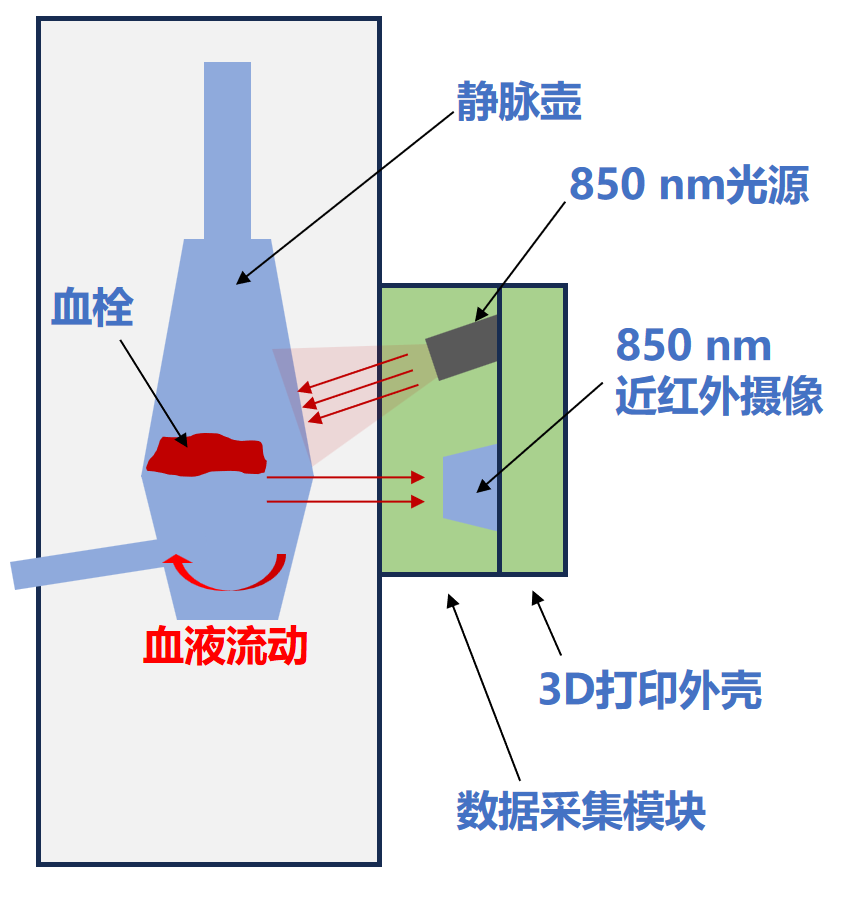
Figure 12: Schematic Diagram of Image Acquisition Hardware Module
Source: Provided by the speaker
Visual Camera Principle for Thrombosis Warning: Captures dynamic images to observe blood flow and determine thrombus formation; image processing identifies dynamic areas to assess thrombus status.
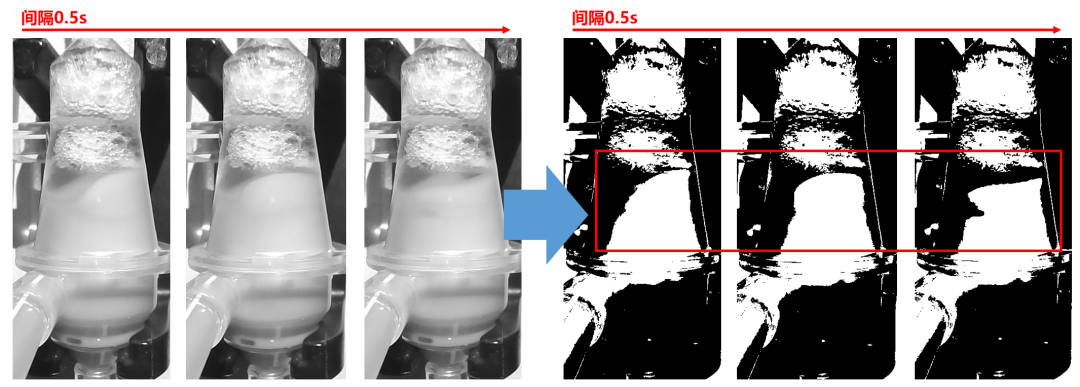
Figure 13: Visual Camera Principle for Thrombosis Warning
Source: Provided by the speaker
Near-infrared imaging detection technology can better assist in determining thrombus-related locations and even measure the site and timing of thrombus formation.
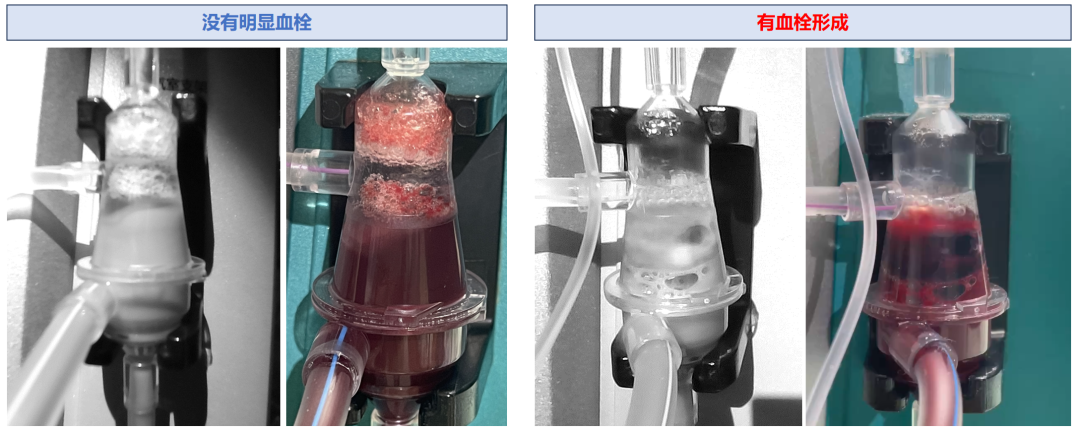
Figure 14: Comparison of Thrombus Formation Presence
Source: Provided by the speaker
CRRT
Fluid Therapy Section
1. Hypophosphatemia
CRRT fluids in China carry a risk of hypophosphatemia, which can increase mechanical ventilation time, ICU stay duration, and CRRT intervention time [6].
2. Practice and Innovation of Replacement Fluids
For special populations with hypernatremia, hyponatremia, hypophosphatemia, malnutrition, hypercalcemia, and hypocalcemia, conventional replacement fluid solute concentrations may not suffice. Innovative new replacement fluids that can flexibly adjust solute concentrations can achieve personalized precision treatment.
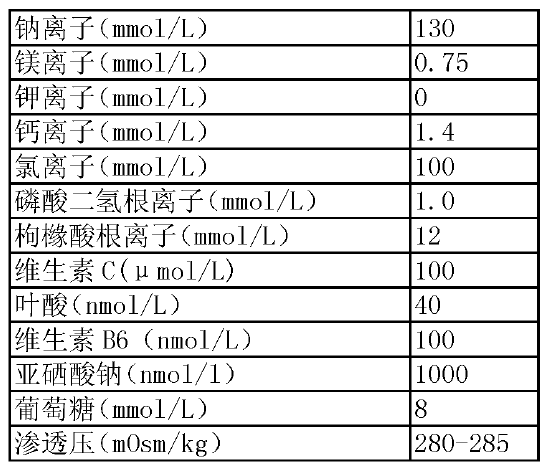
Figure 15: New Replacement Fluid Formulation
Source: Provided by the speaker
* Related Clinical Trials (Scroll Up and Down to View)
A randomized, open-label, parallel-controlled, multicenter phase II clinical trial comparing the effectiveness and safety of phosphate blood filtration replacement fluid and blood filtration replacement base fluid for CRRT is divided into five phases:Phase 1 is the screening period (-48 h to -6 h), where eligible subjects who meet inclusion criteria and do not meet exclusion criteria enter random grouping.Phase 2 is the baseline period (-6 h to 0 h), where randomized subjects undergo baseline measurements of blood electrolytes and related evaluation indicators within 1 hour before treatment.Phase 3 is the treatment period (0 to 48 h), where all subjects receive CRRT treatment using the post-dilution CVVHDF mode, and clinicians individually select anticoagulation methods based on patient conditions, monitoring blood electrolytes and related evaluation indicators every 6 hours.Phase 4 is the extended treatment period (48 h to extubation), where after 48 hours of treatment, if subjects do not meet extubation criteria as assessed by researchers, they may continue medication with subject consent until extubation; or if subjects discontinue the trial medication for other standard clinical treatments, data will continue to be collected until extubation with subject consent.Phase 5 is the post-treatment period, where subjects with CRRT treatment time exceeding 48 hours or who are extubated early will undergo the final effectiveness and safety evaluation within 1 hour after the end of trial medication treatment.
This study included 90 patients from 7 centers, and early data from West China showed that the use of phosphate blood filtration replacement fluid can reduce the incidence of hypophosphatemia by over 40%.

Figure 16: Phosphorus Data from West China (As of September 10, 2024)
Source: Provided by the speaker
In December 2024, a multicenter phase III clinical trial was initiated, aiming to expedite the market availability of phosphate blood filtration replacement fluid to better meet clinical treatment needs.
CRRT
Medical Engineering Innovation Section
1. Development of Antimicrobial Anticoagulant Rotating Flow Hemodialysis Catheters
The new rotating flow composite-coated dialysis catheter, through structural and material improvements, can reduce the risk of thrombosis and infection, enhancing the efficiency of CRRT treatment.

Figure 17: Overview of the Antimicrobial Anticoagulant Rotating Flow Hemodialysis Catheter Development Project
Source: Provided by the speaker
(1) Structural Modification
The new hemodialysis catheter is redesigned based on catheter modeling and hemodynamic exploration results, incorporating a rotating flow design within the lumen, featuring a spiral interleaved design inside the catheter.

Figure 18: Schematic Diagram of the New Rotating Flow Dialysis Catheter Design
Source: Provided by the speaker
(2) Material Improvement
Research on antimicrobial anticoagulant coatings has shown that catheters coated with copper ammonium-heparin can significantly reduce bacterial adhesion, achieving a 99.9% bactericidal rate against Escherichia coli and Staphylococcus aureus at a concentration of 1×106 CFU/mL.
In vitro animal experiments confirmed that the copper ammonium-heparin coating achieved a 99.9% bactericidal rate against Staphylococcus aureus and a 99.3% bactericidal rate against Escherichia coli, reducing thrombus formation by 89.2%.

Figure 19: Comparison of Bactericidal Effects Between Uncoated and Copper Ammonium-Heparin Coated Dialysis Catheters
Source: Provided by the speaker
2. Rescue of Severe CRRT Patients in Disaster Areas
Every year, over 100 million people are affected by disasters [6], making CRRT rescue in disaster areas crucial. However, rescue efforts in disaster sites such as earthquakes and mudslides face bottlenecks, requiring equipment to be portable.
The innovative portable CRRT device is 80% smaller and 50% lighter than traditional CRRT devices, incorporates AI-assisted modules, enables remote data interconnectivity, and significantly enhances environmental resistance, allowing for on-site rescue, enabling many patients to receive effective treatment without needing to go to a hospital.
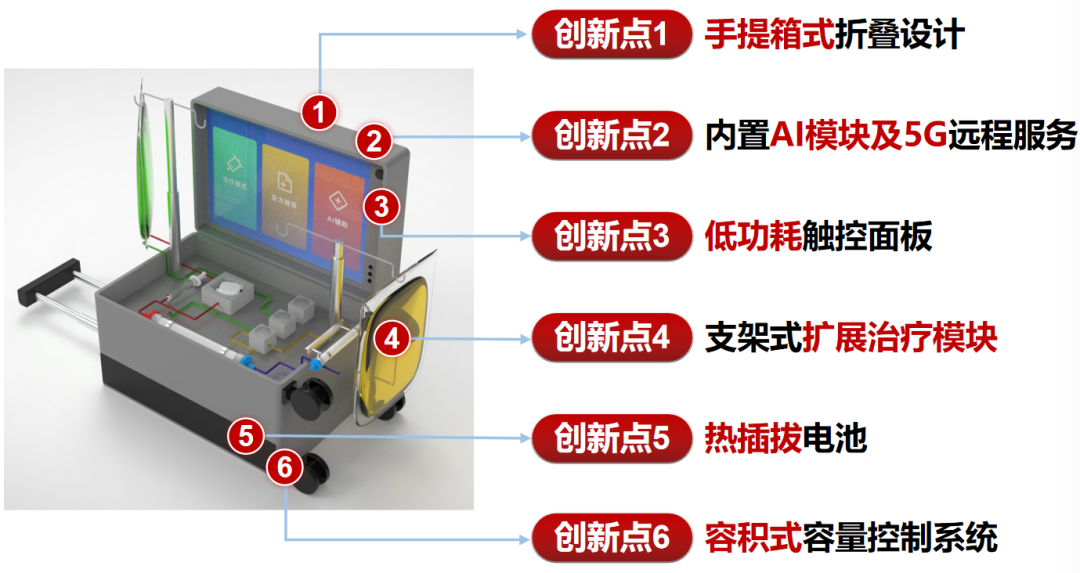
Figure 20: Innovations of the Unique Portable CRRT Device
Source: Provided by the speaker
3. Building a Full Industry Chain for CRRT: “West China Made”
Currently, the West China Nephrology Department leads in treatment fluids and filters domestically, with equipment, dialysis catheters, information management platforms, solute chip detection, and intelligent teaching models being internationally advanced. The goal is to create a full industry chain for CRRT under the “West China Made” brand within five years.

Figure 21: Current Achievements of West China Nephrology Department
Source: Provided by the speaker
Special Note | This article is for reference by healthcare professionals only
Reviewed by | Professor Zhang Ling, West China Hospital, Sichuan University
Submission | [email protected]
Cover Image | Zcool
References (Scroll Up and Down to View)
[1] Rico-Mesa JS, et al. The Role of Anticoagulation in COVID-19-Induced Hypercoagulability. Curr Cardiol Rep. 2020 Jun 17;22(7):53.
[2] Volbeda M, et al. A Method to Improve Continuous Renal Replacement Therapy Circuit Survival Time in Critically Ill Coronavirus Disease 2019 Patients With Acute Kidney Injury. Crit Care Explor. 2020 Oct 15;2(10):e0258.
[3] Shankaranarayanan D, et al. Anticoagulation Strategies and Filter Life in COVID-19 Patients Receiving Continuous Renal Replacement Therapy: A Single-Center Experience. Clin J Am Soc Nephrol. 2020 Dec 31;16(1):124-126.
[4] Zhou Z, et al. Anticoagulation options for continuous renal replacement therapy in critically ill patients: a systematic review and network meta-analysis of randomized controlled trials. Crit Care. 2023 Jun 7;27(1):222.
[5] Zhang Q, et al. The possibility of using effluent ionized calcium to assess regional citrate anticoagulation in continuous renal replacement therapy. Int J Artif Organs. 2020 Jun;43(6):379-384.
[6] Jin L, et al. Association of Hypophosphatemia during Continuous Kidney Replacement Therapy and Clinical Outcomes: A Systematic Review and Meta-Analysis. Blood Purif. 2024 Sep 12:1-10.
[7] Data Source: Ministry of Emergency Management of the People’s Republic of China
